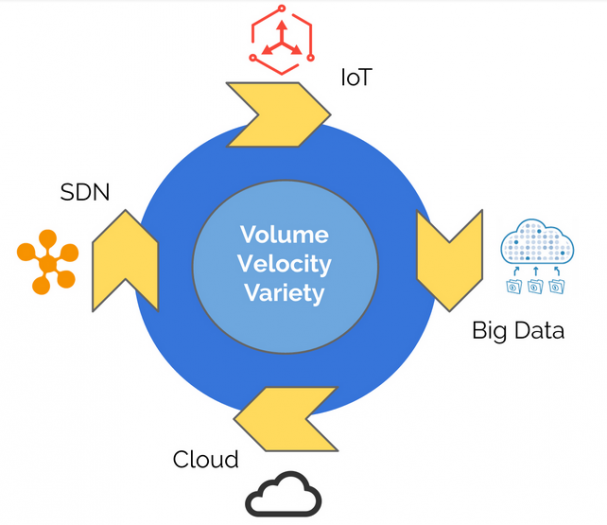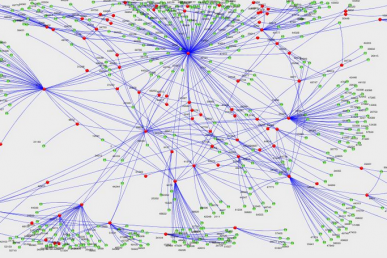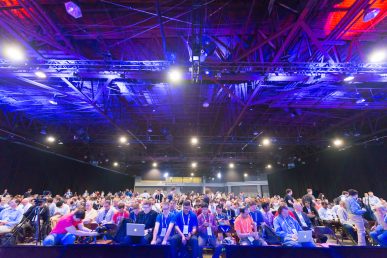“We are moving from systems of record to systems of engagement.” Geoffery Moore
Cisco CTO Lew Tucker gave perhaps one of the Summit’s best talks last week, in a breakout session on how the data center is being transformed.
Vendor-agnostic and high IQ, Tucker’s vision-oriented talk focused on where we’re all headed, whether we know it or not.
Tucker began by delving into each piece of a new virtuous cycle that is transforming the data center as we know it. The cycle looks something like this:

The modern data center, Tucker said, starts and ends with the cloud. Big data runs on it, software-defined networking that orchestrates it, and the Internet of Things (or the Internet of Everything, if you assume an infinite number of endpoints) both delivers functionality to a customer or a line of business application, and also welcomes new data back, beginning the cycle anew.
In this world there really are no updates or upgrades, at least as we have traditionally known them. The future of cloud computing, Tucker said, lies the speed with which you can deploy an application. Continuous deployment is a non-negotiable on his view for any business operating in a competitive environment.
But how do we accommodate this methodology at larger scales, on top of massive infrastructures?
You move on to worrying about one abstraction upstream — continuous integration.
And that’s why Openstack matters, Tucker said. OpenStack enables the great original promise of the cloud, which is making it easier for innovators to do what they do best. OpenStack makes continuous integration possible, for everyone.
Tucker also delved into the economics looming over any such model, which present a serious caveat.
Operating expenditures (OPEX) are 80% of data center spending, Tucker said, a fact driven by server virtualization. On his view, driving down those costs is where we ought to be attacking most emphatically. The growing expense of IT that is associated with operation is a real threat to innovation.
Automation for Tucker is key. Automation has the power to address OPEX costs “…and Moore’s Law takes care of the rest.” Tucker gave some examples of his favorite automating tools and technologies making progress on this front: Puppet and Chef, Git, Salt, Jenkins, Ansible, and Gerrit.
But again, if continuous development, deployment, and integration only managed to escalate OPEX, then the vision is too costly.
And if we successfully automate, driving down OPEX costs?
Years ago we had “middleware,” which today is being replaced by the notion of a cloud platform. The cloud is designed in such a way that we can all use it, spanning all kinds of potential use cases. “Openstack heralds the creation of a new layer in the software stack that spans the entire data center,” said Tucker. “We’re creating this new layer cake, so that you can deploy a new application without ever contacting IT. That’s exciting. That’s the vision.”
In such a world, the data center starts to vanish, because computing and distributed storage move to the very edge, and “overlay networks” function as part of a large, federated global graph. In this world, DevOps focuses on turning infrastructure into code. Multi-tenancy, provisioning, and elasticity are the new normal.
And suddenly we’re no longer looking at a “cloud,” at least as we know clouds today. We’re looking at a web of shared services, an “intercloud” in Cisco’s terminology, where speed and agility are paramount, where developers self-serve frictionlessly, and where innovation therefore flourishes.
“As an OpenStack user,” Tucker said, “that is a future we at Cisco are supremely interested in.”
You can view the full talk here:
- Kilo Update: Keystone - January 9, 2015
- Nova Updates – Kilo Edition - December 9, 2014
- Docker Meets Swift: A Broadcaster’s Experience - November 11, 2014

)










